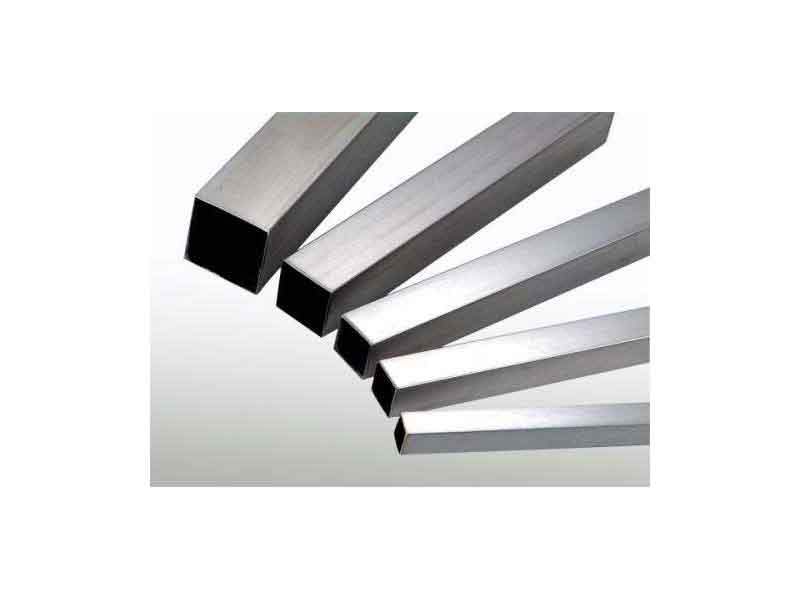


People always try to compare carbon steel with stainless steel! But this is not the case, because they each have their own characteristics and properties.
One of the world’s most widely used commercial metals, steel, is carbon. This steel is an alloy of iron and carbon and has a higher carbon content than other varieties, making it stronger and more suitable for applications where strength is required. Carbon content is used to classify and evaluate carbon steels. Each type is classified into one of the following groups based on its total carbon percentage.
These classifications help to break down the physical properties of steel and help steel manufacturers to determine the best use and application for each type.
Stainless steel, like carbon steel, is a metal alloy that is used extensively throughout the world.
Stainless steel can also be enhanced with nickel, titanium and other metals to add specific properties. There are hundreds of different stainless-steel alloys to choose from.
These alloys can be divided into three groups.

When comparing carbon steel with stainless steel carbon steel, stainless steel has better yield and tensile strengths. However, if we know which type of carbon or stainless steel to use, high, medium or low, we will be able to get an accurate answer.
The mechanical parameters for looking at steel forces are:
The difference in price between carbon steel and stainless steel is another important factor to consider. Stainless steel is usually more expensive than carbon steel, although the price varies by grade. This is mainly due to alloying elements such as chromium, nickel, manganese and other stainless steels. All these additional features add up to a higher cost than carbon steel. Carbon steel, on the other hand, consists mainly of cheap iron and carbon components. Therefore, if your budget is low, you can choose carbon steel by comparing it with stainless steel.


For Further Details,Please Feel Free To Contact Us: